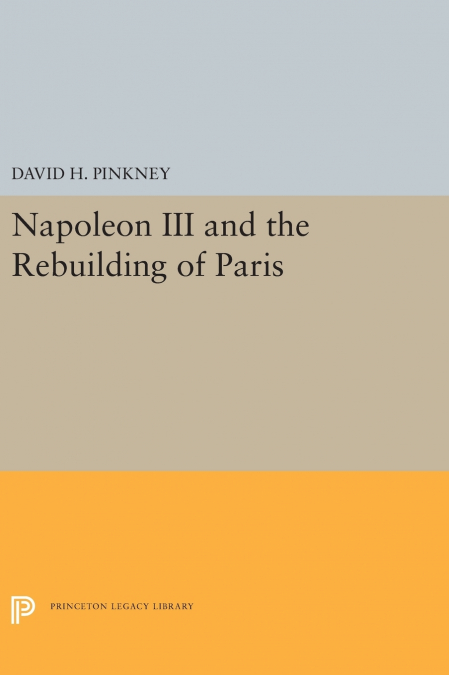
David H. Pinkney
In the two decades between 1850 and 1870 Napoleon III and his Prefect of the Seine, Baron Haussmann, created the modern city of Paris out of the congested and ill-equipped capital of the 18th century. They gave Paris many of its present major streets, its great municipal parks, the Central Markets, the Opera House and other well-known buildings, as well as a water supply system and a network of sewers that still serve the city. The various factors of the venture: the city’s rapidly increasing population, the challenging engineering problems, the political complications, and the clash of personalities involved are here considered. The author presents the whole undertaking in the perspective of French political and economic history, shows its relation to the public health movement of the mid-nineteenth century, and explains its significance in the history of city planning.Originally published in 1958.The Princeton Legacy Library uses the latest print-on-demand technology to again make available previously out-of-print books from the distinguished backlist of Princeton University Press. These editions preserve the original texts of these important books while presenting them in durable paperback and hardcover editions. The goal of the Princeton Legacy Library is to vastly increase access to the rich scholarly heritage found in the thousands of books published by Princeton University Press since its founding in 1905.